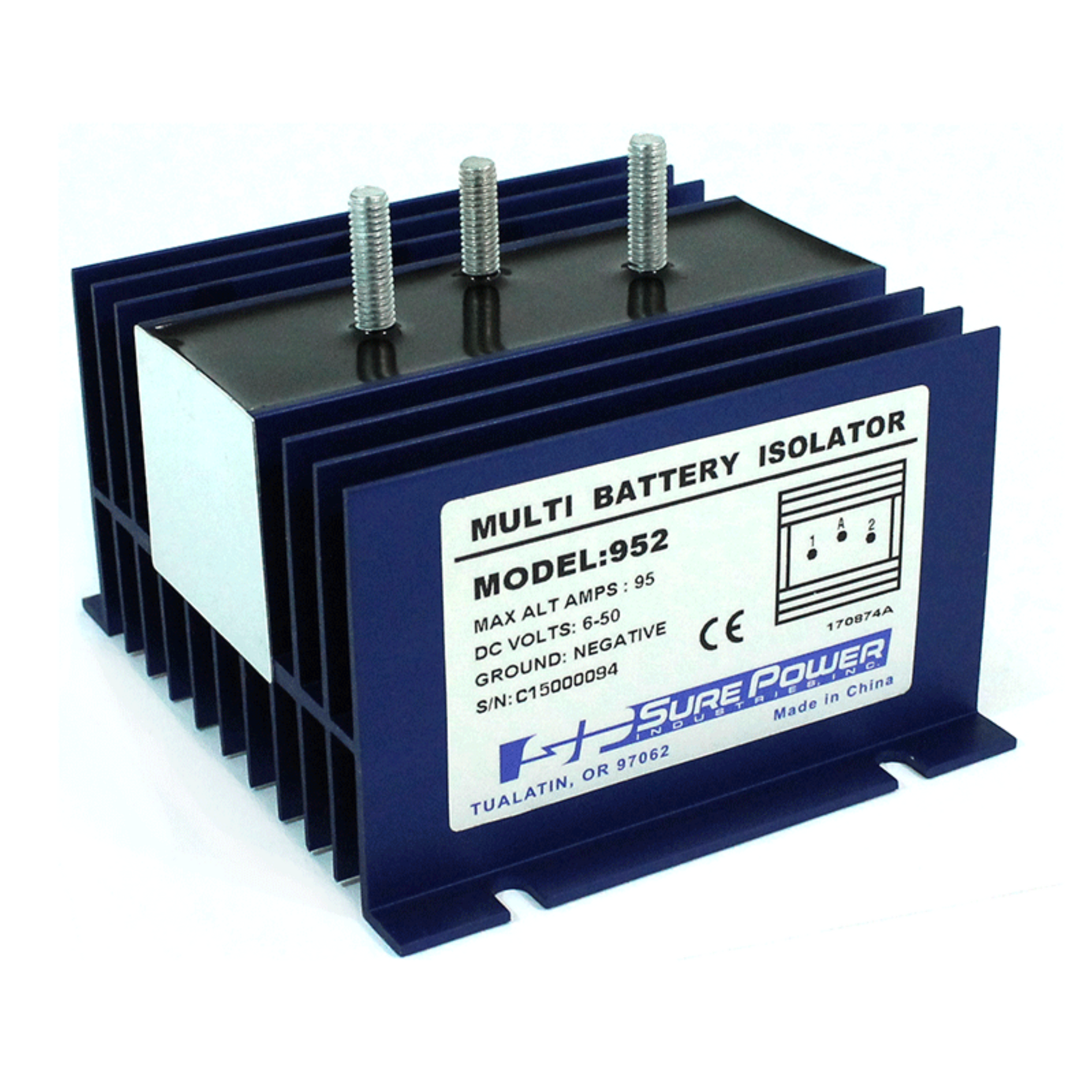Thanks for clarifying and, yes, that was what I presumed was your view. I think that view probably corresponds to most of our first reactions but, as we've seen, it's actually difficult to produce any convincing argument as to why is is 'wrong'. As you know, I think that all of SUNRAY's concerns about brass/steel interfaces in the electrical path are essentially 'barrel scraping'!
I imagine that most of us agree that it "could have been done a lot neater" but, as I've said, I think the first step on that path would be to use larger boxes - since most of the 'lack of neatness' has nothing to do with the termination of the CPCs we have been discussing. Indeed, at least in aesthetic terms, I would personally have said that the termination of the CPCs is one of the 'neater' aspects of what is going on in those boxes!
Indeed, and you're far from alone in that. However, one (at least I) see it mainly with plastic, not metal, boxes - and most of the discussion here started when, back on page 1, Simon, and then I, suggested that banjos were probably not necessary with a metal box.
Fair enough. Even if you use a banjo, you would be "relying" on the locknut creating adequate continuity between gland, banjo and box, so I'm not convinced that there is much difference.
Fair enough - but, as above, if the locknut is not tight enough to create adequate electrical continuity between gland body and box, then nor would it be tight enough to create adequate electrical continuity between the gland body and banjo, would it? (after all, there is only one locknut doing both of those things).
I have never disagreed with SUNRAY's theoretical argument. I don't think it's so much the CCC of steel that concerns him as much as the potential electrochemical issues when the path includes dissimilar metals in contact, but I don't really think that is a significant issue in 'dry' situations.
I take your point about the 'bulky bits' of the lugs, but that's a potential issue with just two, and I don't see that (if they are arranged sensibly), it would be any more of a problem with, say, 8 lugs than with 4. In situations in which there was space for a long bolt, I've seen people put nuts (or just thick washers/'spacers') in between each lug but that then introduces a number of further potential 'issues' and uncertainties (particularly if one uses multiple nuts)!
I wouldn't have expected that anyone would (for this purpose) - I'm not sure where that one came from

As I've implied, so would I - but, as I keep saying, I think I would have to facilitate that by starting with larger boxes. As I've said above, although most of this discussion here has been about the termination of the CPCs, most on the 'non-neatness' is down to the live conductors.
Kind Regards, John


